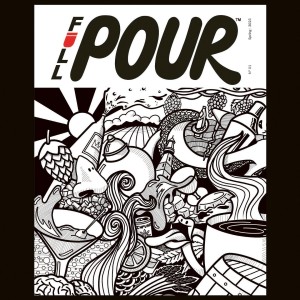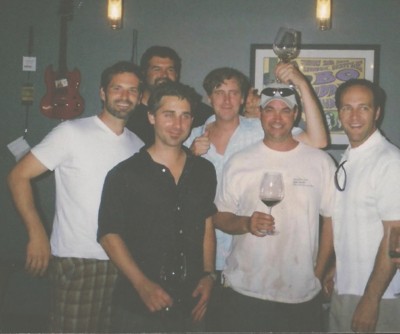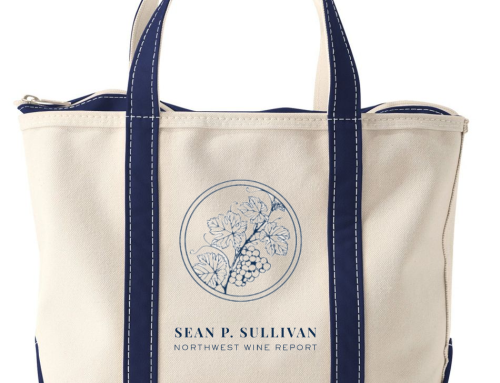 What follows is an excerpt from an article in the inaugural issue of Full Pour magazine about Woodinville’s Warehouse District. Full Pour is a new drinks magazine. “Whether it be wine or beer, a spirited sip, an infused creation, a zero-proof selection or even a great cup of coffee or tea, we’re into it all—true beverage lovers through and through,” the magazine’s About page says, in part.
What follows is an excerpt from an article in the inaugural issue of Full Pour magazine about Woodinville’s Warehouse District. Full Pour is a new drinks magazine. “Whether it be wine or beer, a spirited sip, an infused creation, a zero-proof selection or even a great cup of coffee or tea, we’re into it all—true beverage lovers through and through,” the magazine’s About page says, in part.
The magazine was founded by Lauren Buzzeo. Lauren was the person who hired me at Wine Enthusiast and was my tasting director, then managing editor, and then executive editor before leaving the magazine in 2022. (I left my position as contributing editor at Wine Enthusiast the same year.) She is the best in the business.
I highly recommend subscribing to Full Pour and hope to do occasional writing for the magazine. Full Pour is currently available in a physical form. You can buy a single copy of the Spring issue of the magazine or an annual subscription. Read more information here.
My article in the inaugural issue focuses on the origins of Woodinville’s Warehouse District. This was, to my great surprise, a story that does not appear to have been truly told in-depth before. It is also one of the most important stories in Washington wine in the last two decades. It’s a story I’m very proud of, especially to have it in the first issue of this magazine.
Without further ado.
* * *
Woodinville’s Warehouse Garagistes
 How western Washington’s wine hub germinated in the seediest of places.
How western Washington’s wine hub germinated in the seediest of places.
Woodinville’s Warehouse District is about as far away from traditional visions of wine country as any wine lover could imagine. Run-down, shabby, prefab warehouse buildings are surrounded by a sea of sun-bleached asphalt. As if to further lessen the experience, a clutter of sandwich board signs and buildings with letter designations are often the only hope of a newcomer finding any particular winery.
“It’s certainly not on par with the great châteaux of Bordeaux,” quips Chris Sparkman, who started his Sparkman Cellars in the region in 2004. In fact, it’s not even on par with the chateau on the other side of town.
Ste. Michelle Vintners purchased a sprawling, 118-acre Woodinville property formerly owned by lumber baron Frederick Stimson in 1975. The winery built a chateau so stately that even French vintners would feel at home, and upon opening in 1976 as the first winery in Woodinville, rebranded itself to Chateau Ste. Michelle. The entire industry has felt its gravitational pull ever since, with Ste. Michelle then and now the state’s largest winery.
Today, Woodinville is home to more than 130 wineries and tasting rooms, and there is no doubt that is because of the seed Ste. Michelle planted on its tony grounds. But it is a few miles to the north, in Woodinville’s decrepit warehouses, that an entire industry blossomed, like a patch of pure green grass springing up from a crack in the pavement.
To read the rest of the article, buy a single issue or subscribe to Full Pour magazine.
Image – Can you name these Warehouse District winemakers, circa 2009? Leave a comment.







Leave A Comment